Taxonomic revision of the native Magnolia (Magnoliaceae) species of Brazil
- PMID: 38344433
- PMCID: PMC10853878
- DOI: 10.3897/phytokeys.238.113277
Taxonomic revision of the native Magnolia (Magnoliaceae) species of Brazil
Abstract
The genus Magnolia (Magnoliaceae) has a wide and disjunct geographic distribution ranging from Eastern and South Asia to Malaysia, extending across the Neartics and reaching into the Neotropics. Regarding its infrageneric classification, the genus is divided into three subgenera: Yulania, Gynopodium and Magnolia, the latter including the section Talauma in which the native Brazilian taxa are classified. The species of Magnoliasect.Talauma can be recognized by two parallel longitudinal scars on the petiole formed by the shedding of the stipules, in addition to a woody syncarp that breaks into irregular plates at dehiscence. Currently, in Brazil, species recognition is not clear on national platforms that are widely used by the Brazilian botanical community (e.g. Flora do Brasil), with only two native Magnolia species being accepted: M.amazonica and M.ovata. The lack of knowledge about the species and their respective characteristics has resulted in many identification errors in Brazilian herbaria, which contributes to the lack of knowledge about their current conservation status. We conducted a complete taxonomic revision based on extensive fieldwork, a herbarium survey, along with literature study. Based on this, we propose to recognize three previously described species, supporting the acceptance of five native Magnolias occurring in Brazil, namely: M.amazonica, M.brasiliensis, M.irwiniana, M.ovata and M.sellowiana. However, we follow the Flora do Brasil in maintaining M.paranaensis as a synonym of M.ovata. Additionally, we designate a lectotype for M.sellowiana. We present morphological descriptions and the geographic distribution for each species, in addition to an identification key to all of these plus the two introduced ornamental species from Asia and North America, illustrations, photographs, ecological data, updated conservation status and taxonomic notes.
Keywords: Brazilian Flora; Magnolioideae; Neotropics; Pinha-do-brejo; conservation; distribution; sect. Talauma; taxonomy.
Juliana Cruz Jardim Barbosa, Maria Beatriz Rossi Caruzo, Ana Rita G. Simões, Marie-Stéphanie Samain.
Conflict of interest statement
The authors have declared that no competing interests exist.
Figures
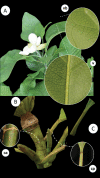



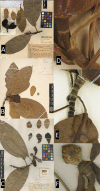

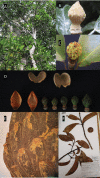
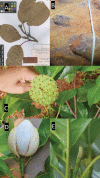

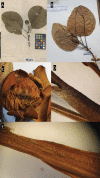
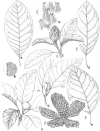
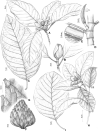
References
-
- Arteaga-Rios LD, Mejía-Carraza J, Piña-Escutia JL, González-Díaz JG, Rivera-Colín A. (2020) Comparación molecular y morfológica entre ejemplares de Magnoliamexicana "Yoloxóchitl" (Magnoliaceae) del estado de México y Veracruz. Polibotánica 49(49): 107–124. 10.18387/polibotanica.49.7 - DOI
-
- Beentje HJ. (2010) The Kew plant glossary: an illustrated dictionary of plant terms. Royal Botanic Gardens, Kew.
-
- Canright JE. (1952) The comparative morphology and relationships of the Magnoliaceae. I. Trends of specialization in the stamens. American Journal of Botany 39(7): 484–497. 10.1002/j.1537-2197.1952.tb13058.x - DOI
LinkOut - more resources
Full Text Sources
Miscellaneous
